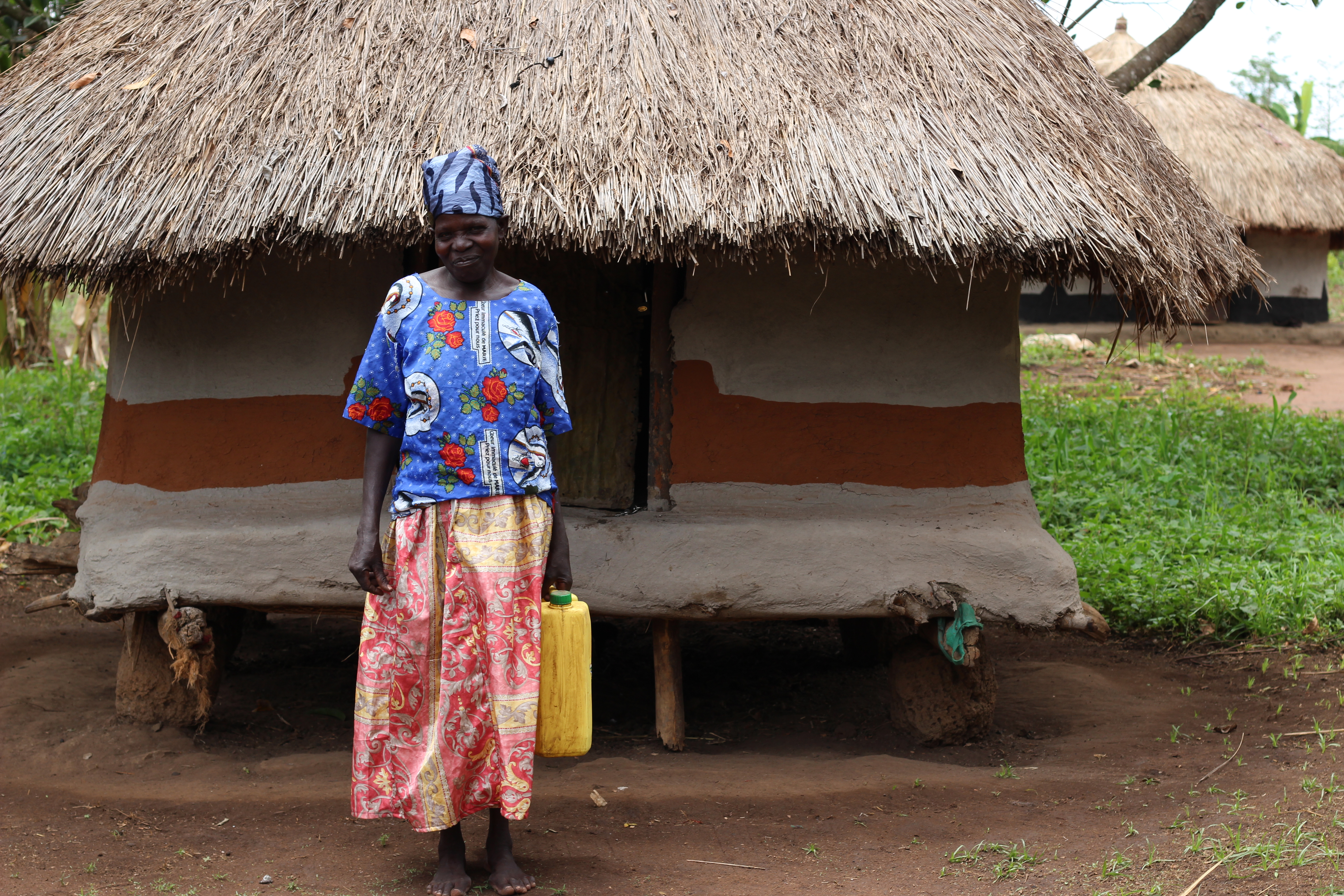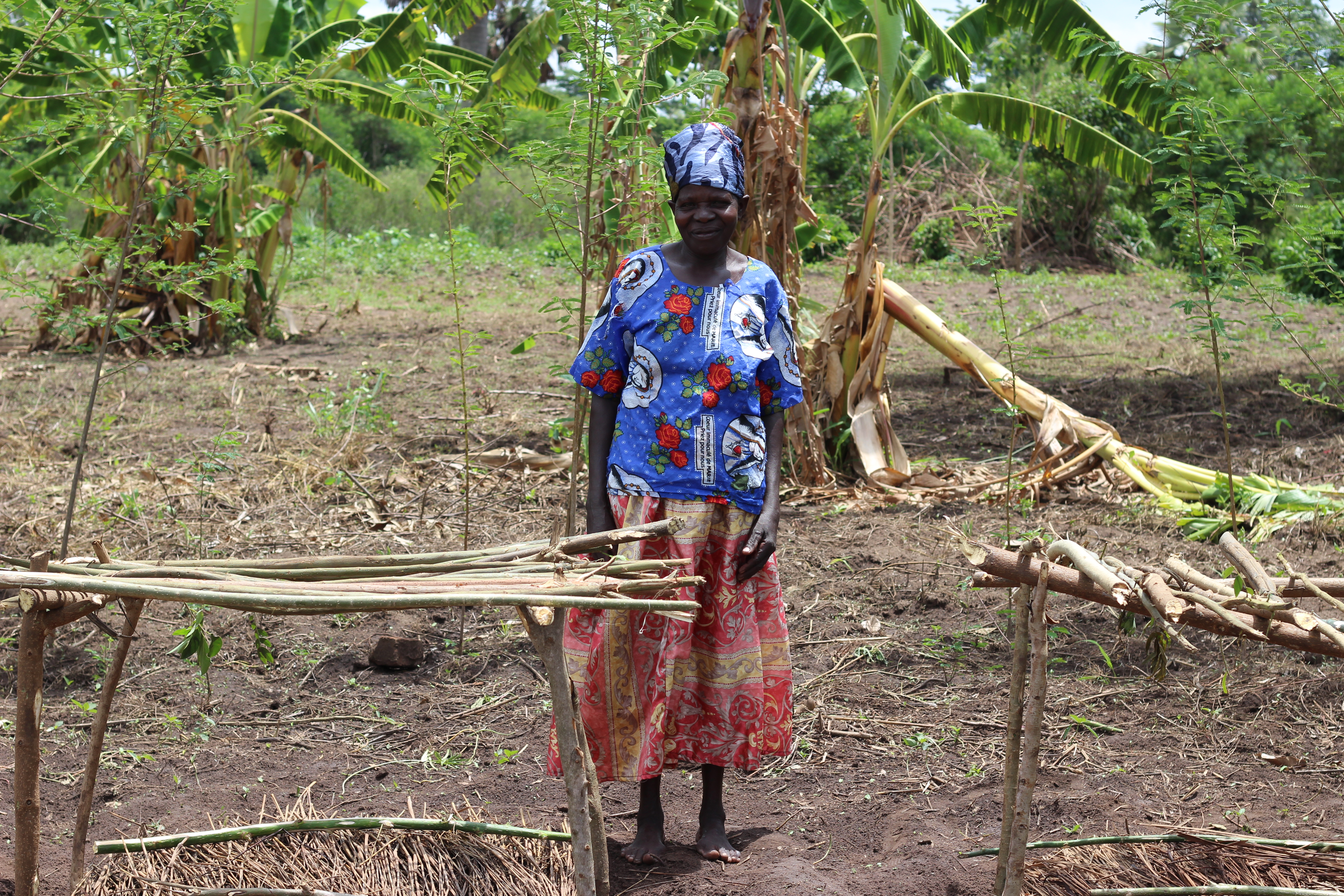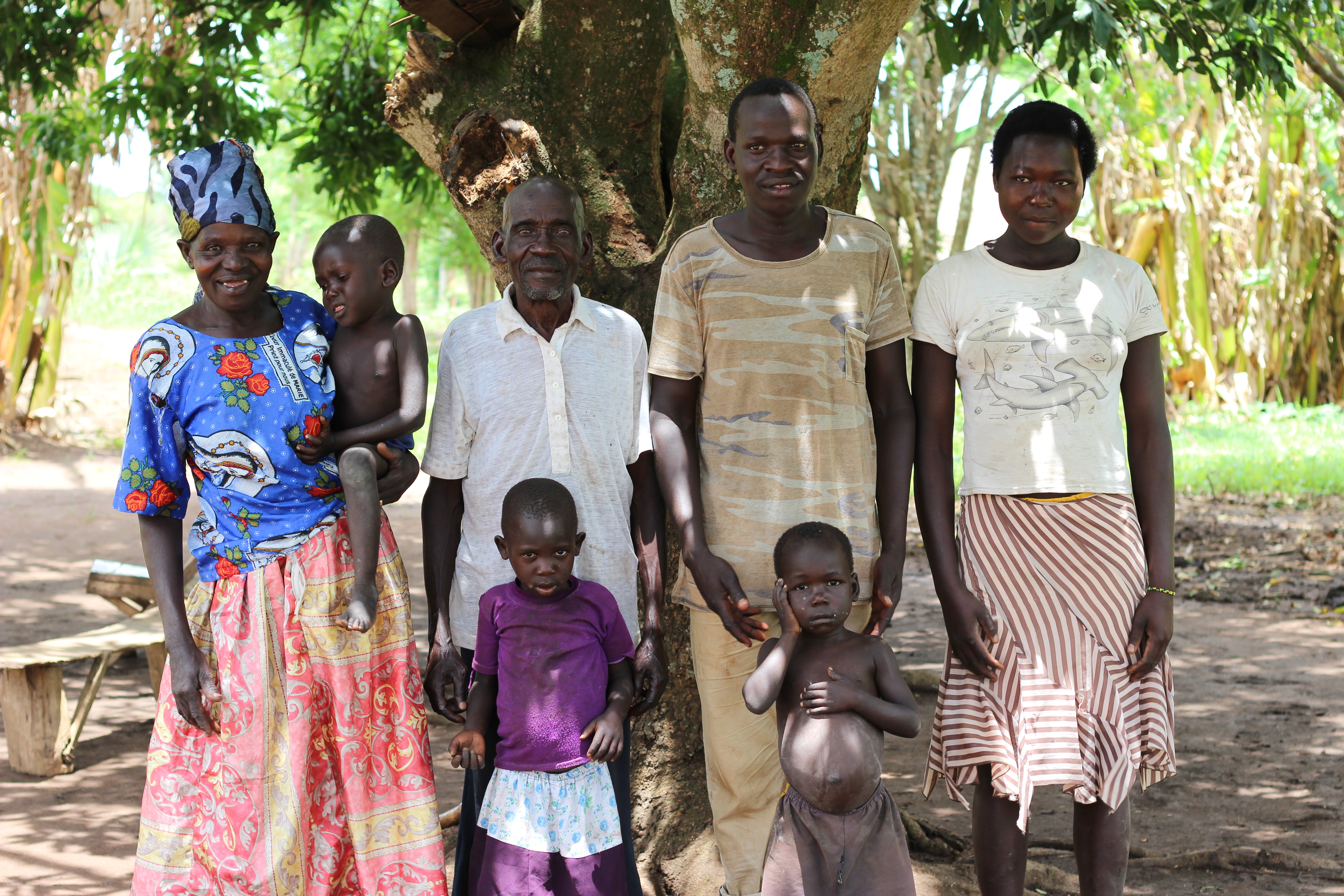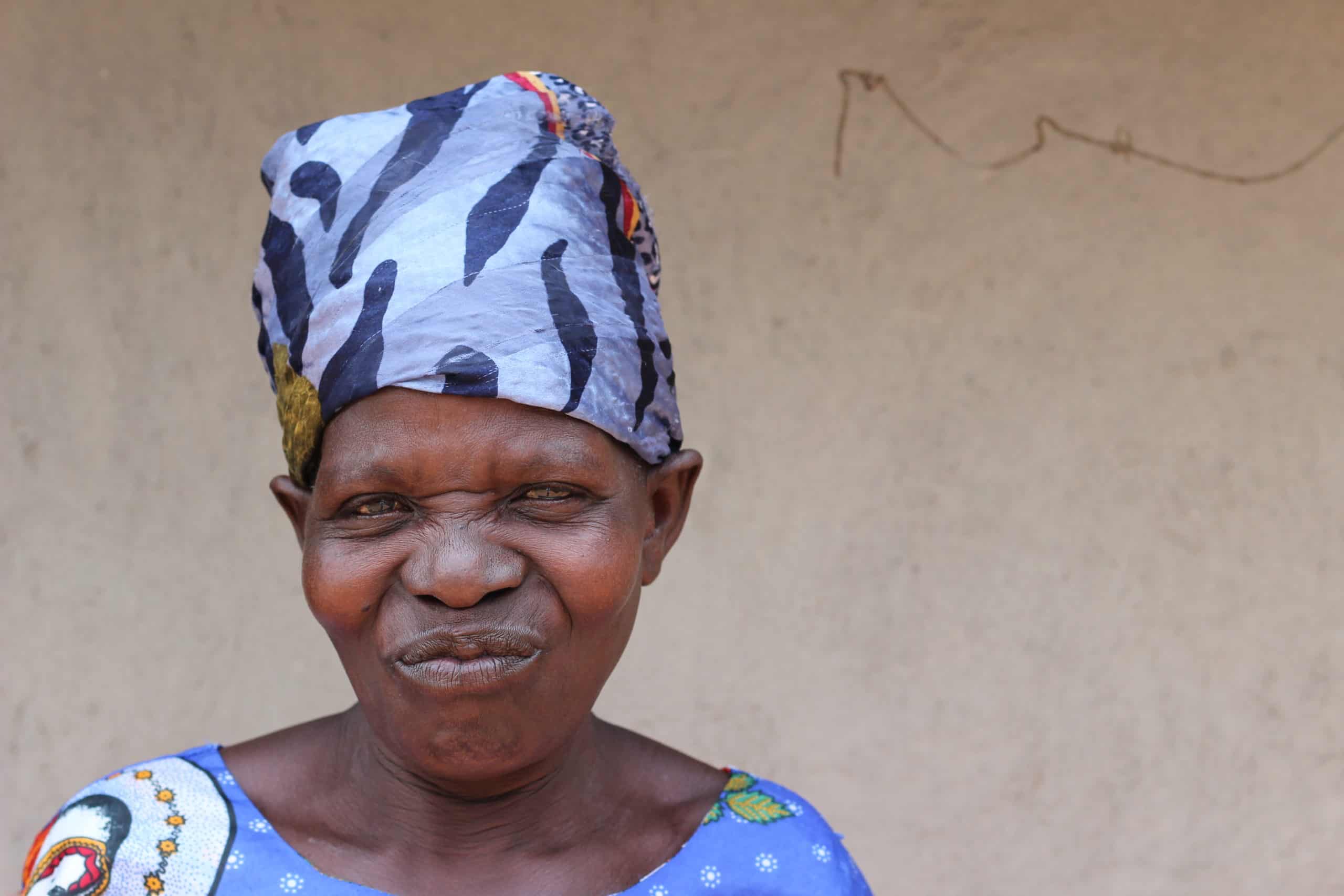Mixing a few common plants and materials found around her home, Ajok Lilly discovered a natural way to keep bugs and pests away from her garden. Initially, she felt skeptical when the TREES Trainers introduced her to a pesticide alternative made from plants, soap, and water. She had always relied on expensive chemical pesticides bought from town. However, she decided to test the mixture herself. To her surprise, it worked extremely well. While neighboring farmers who used chemical pesticides struggled with termites and bugs, her crops remained untouched.

Over the last few months, Ajok has saved more than $45 by making her own pesticide. Additionally, she no longer exposes her soil, air, and plants to harmful chemicals. Beyond the economic and environmental advantages, she is also improving the health of her farm, family, and community by using a natural, organic repellent.
Growing Popularity and Impact
Word of Ajok Lilly’s pesticide spread quickly throughout her village. As a result, many farmers started purchasing her organic mixture instead of the strong chemicals sold in town. So far, she has produced more than 30 liters of pesticide — and she is just getting started.

Expanding Success
As her impact grew, officials invited Ajok Lilly to present her pesticide-making process at the county level. For her most recent batch, she used a portion on her own field and sold the remainder for an $11 profit. While this amount may seem small, it makes a significant difference in Kole, Uganda. With her earnings, she has been able to pay off family debts.

Investing in the Future
Ajok Lilly supports not just her children but also her niece and nephew, who have lived with her since her brother passed away. Her profits help fund their education and provide healthier, chemical-free food. Looking ahead, she plans to train a group of women farmers to make their own pesticide and sell the excess for profit. The training she received from Trees for the Future transformed her life. As a result, she is now passing those lessons to others.
The Recipe
Grateful to the donors who made her participation with Trees for the Future possible, she shares her pesticide recipe:
- 1 kg of Young Mango leaves
- 1 mug of Black Jack leaves
- 1 mug of Red Pepper
- 1 matchbox-sized piece of Soap
Then, combine in 10 liters of water and store in an airtight container.
